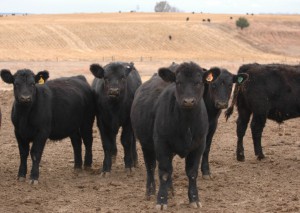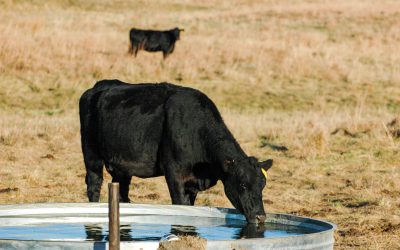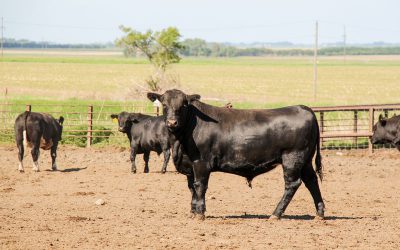
To return, or not to return – that is the question
I went to college with a mix. There were those who were without a doubt returning home to the position waiting for them, those who wanted to but no room was available, and finally, those whose family wished their son or daughter would return but their child had other ideas.
Oh, and then there were those who set out with a plan and realized plans can change. A lot.
If only I had an acre for every time I was asked, “So, Laura, what are you going to do? You going to go back or what?” Never one to take the normal route, I found a way to do a little of both; but that’s another story for another time.
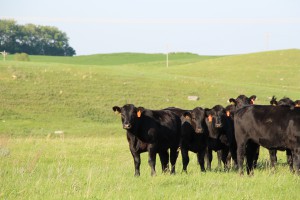
Dan McCarty, a fourth-generation Colorado cattleman and NCBA’s director of industry and affiliate outreach, was on hand to talk about his decision-making process and what eventually led he and his wife to venture out on their own.
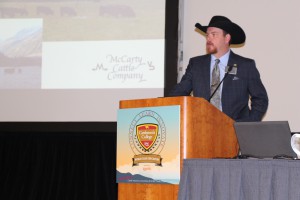
Dan’s story is unique, as is mine and I’m betting yours as well. But that doesn’t mean there aren’t common threads that tie us all together in this adventure.
Here’s what Dan had to say:
- Set goals: “Keep a picture in your head of what you would do in a perfect world, and then dial it back a little to be realistic.”
- Take risks: “Take risks, but only those you can survive. Take calculated risks, because if you do fall down, you better get up right away.”
- Find your niche: “I wanted to have 1,000 cows by now, and we aren’t there. But we’ve found our niche and can build on that for our future.”
- Get involved: “Relationships are important. Find the right people to surround yourself with and bounce ideas off of when making decisions.”
- Know business: In or out of school, study because “marketing, business and finance will never go out of style and are essential to any line of work.”
- Challenge yourself: “Don’t just find opportunities; find the opportunities that challenge you and make you ask, ‘why?’ That’s when personal growth happens.”
Thanks for allowing me to tell your story,
Laura
To read more on this session, or many others form convention, visit the newsroom at www.4Cattlemen.com.
You may also like
BIG, BAM boost beef demand
A dry, flavorless and thinly cut steak can be enough to sour anyone’s taste for beef. “There is no doubt that cattle are getting bigger, and that will continue,” says Terry Houser, Kansas State University meat scientist. “I don’t think we are going to produce smaller rib-eyed cattle anytime soon or start selecting cattle for that trait.” Still, demand for beef looks bright, thanks to new cutting methods developed to tackle the issue of increasing carcass size and its effect on the eating experience.
A supply chain approach to beef quality
Managing for beef quality isn’t an arbitrary end-product objective, panelists pointed out at a Cattlemen’s College® session. According to moderator Larry Corah, vice president of Certified Angus Beef LLC (CAB), it also means managing for more profit. “Managing for Quality: A supply chain approach” was presented at the National Cattle Industry Convention and Trade Show’s annual educational event Feb. 2 in Denver, Colo.
Today’s beef consumer
An industry that aims to be consumer driven must first identify its drivers. That’s why “Defining Consumers – Emerging Expectations” was part of the Pfizer-sponsored Cattlemen’s College at the winter National Cattlemen’s Beef Association (NCBA) meeting in Phoenix, Ariz.

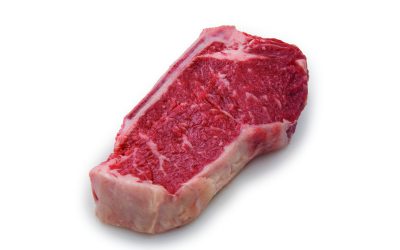

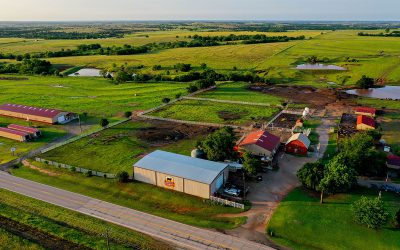

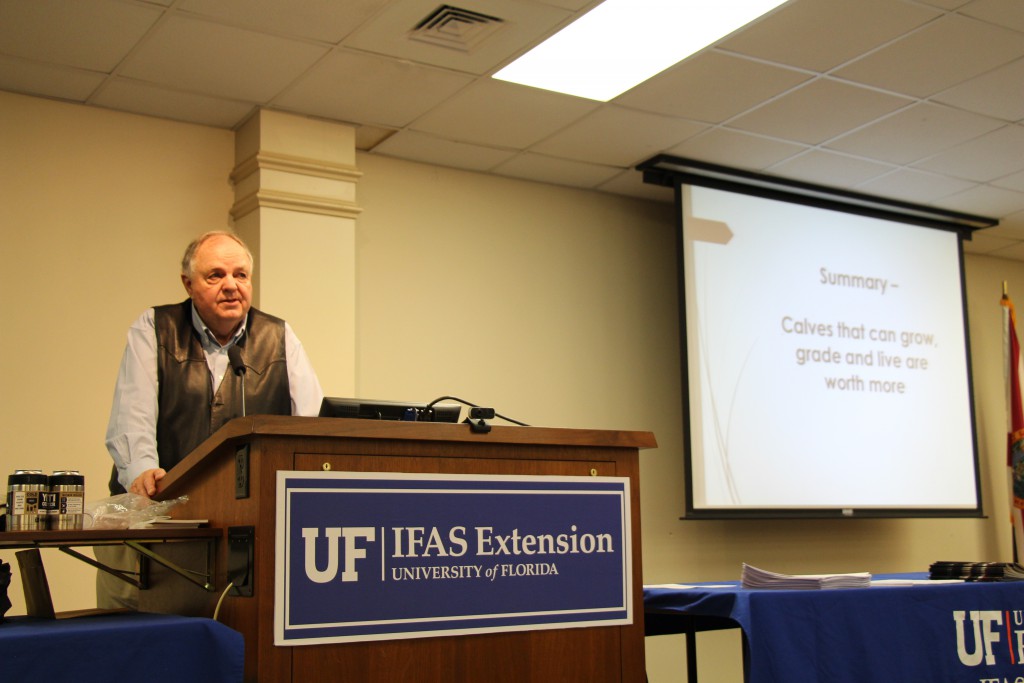
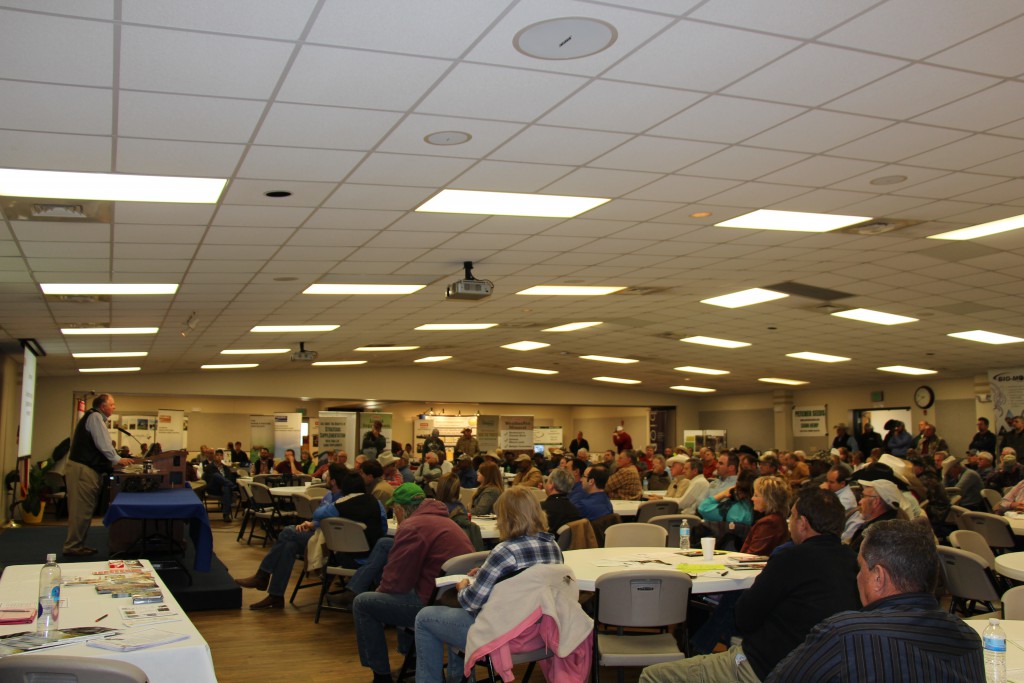
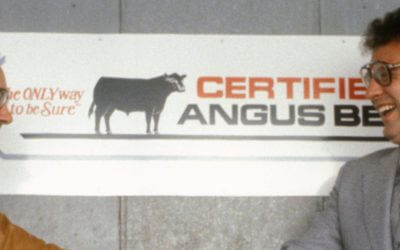
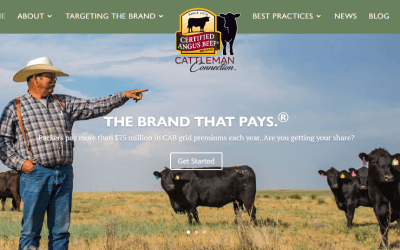


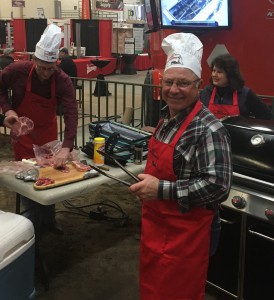
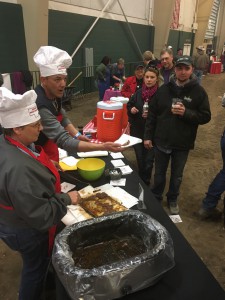
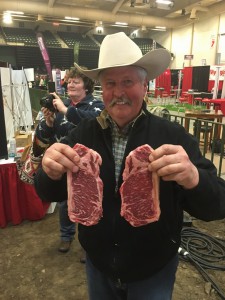
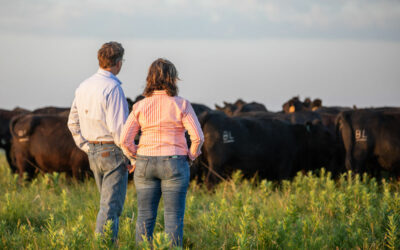
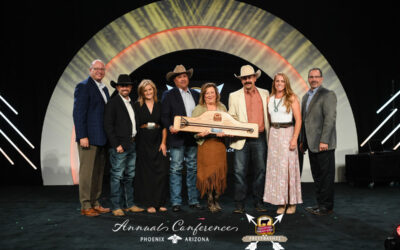
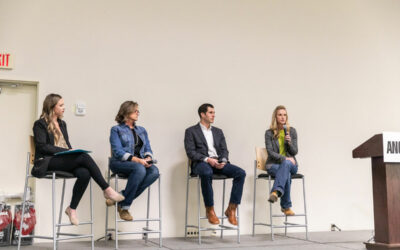




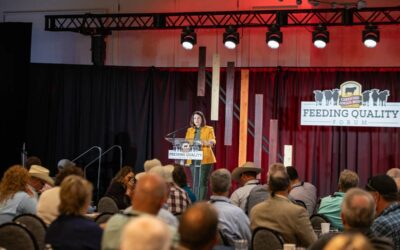
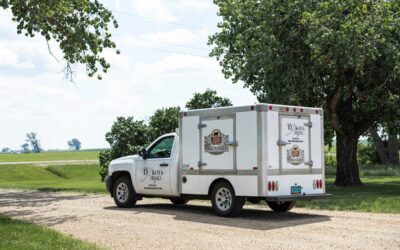
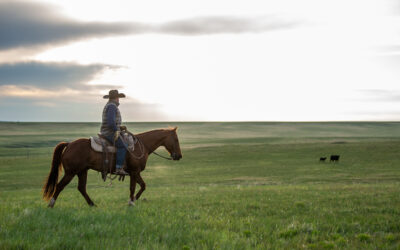
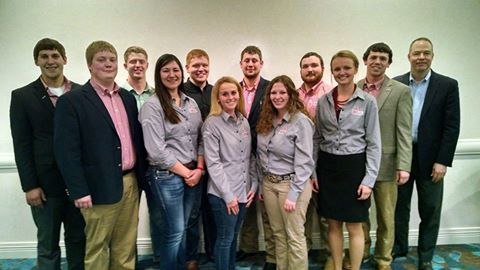


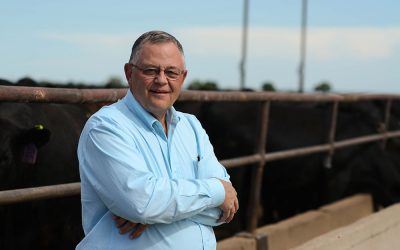
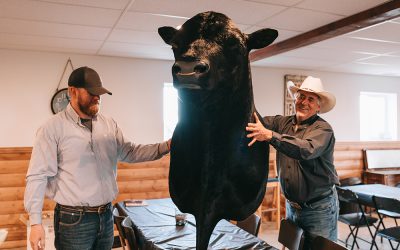
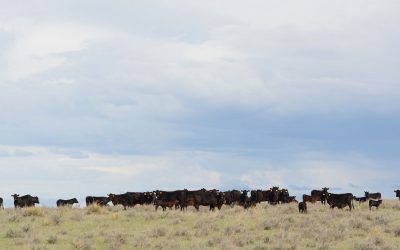


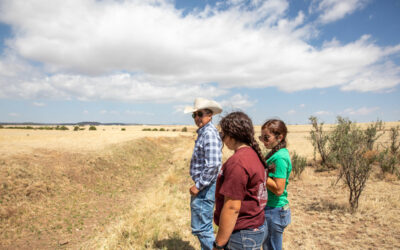
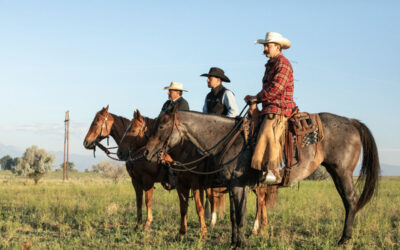

 “We know that a lot of what we do at CAB is out of sight, out of mind for these young Angus breeders,” says fellow Black Ink teammate
“We know that a lot of what we do at CAB is out of sight, out of mind for these young Angus breeders,” says fellow Black Ink teammate 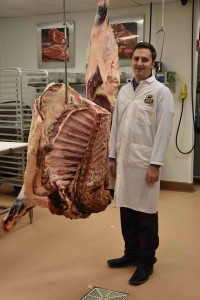 Alex Rogen, Brandon, S.D., is a junior at South Dakota State University and has Angus production in his genes. Time in the show ring with steers and in the pasture with bulls led him to the pre-vet track. He’s also the National Junior Angus Association’s chairman of the board.
Alex Rogen, Brandon, S.D., is a junior at South Dakota State University and has Angus production in his genes. Time in the show ring with steers and in the pasture with bulls led him to the pre-vet track. He’s also the National Junior Angus Association’s chairman of the board.

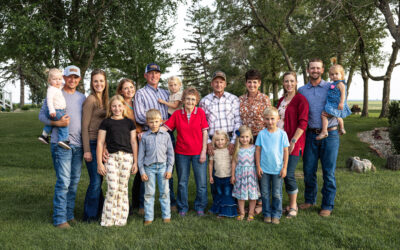
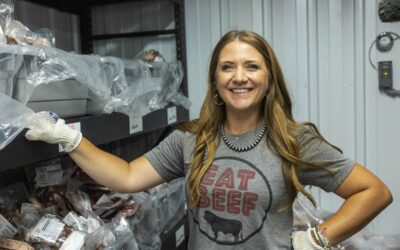

 It was full of good food, obviously, but also good news. For both sides of the beef biz.
It was full of good food, obviously, but also good news. For both sides of the beef biz. What’s most exciting, he said, is that pounds sold through foodservice have grown for five consecutive years. With record high prices throughout the beef supply chain, Mark called the sustained up-trend in sales a testament to the power of dependable quality at each step.
What’s most exciting, he said, is that pounds sold through foodservice have grown for five consecutive years. With record high prices throughout the beef supply chain, Mark called the sustained up-trend in sales a testament to the power of dependable quality at each step. Moreover, Mark says those he works with think like the ones I work with.
Moreover, Mark says those he works with think like the ones I work with.

